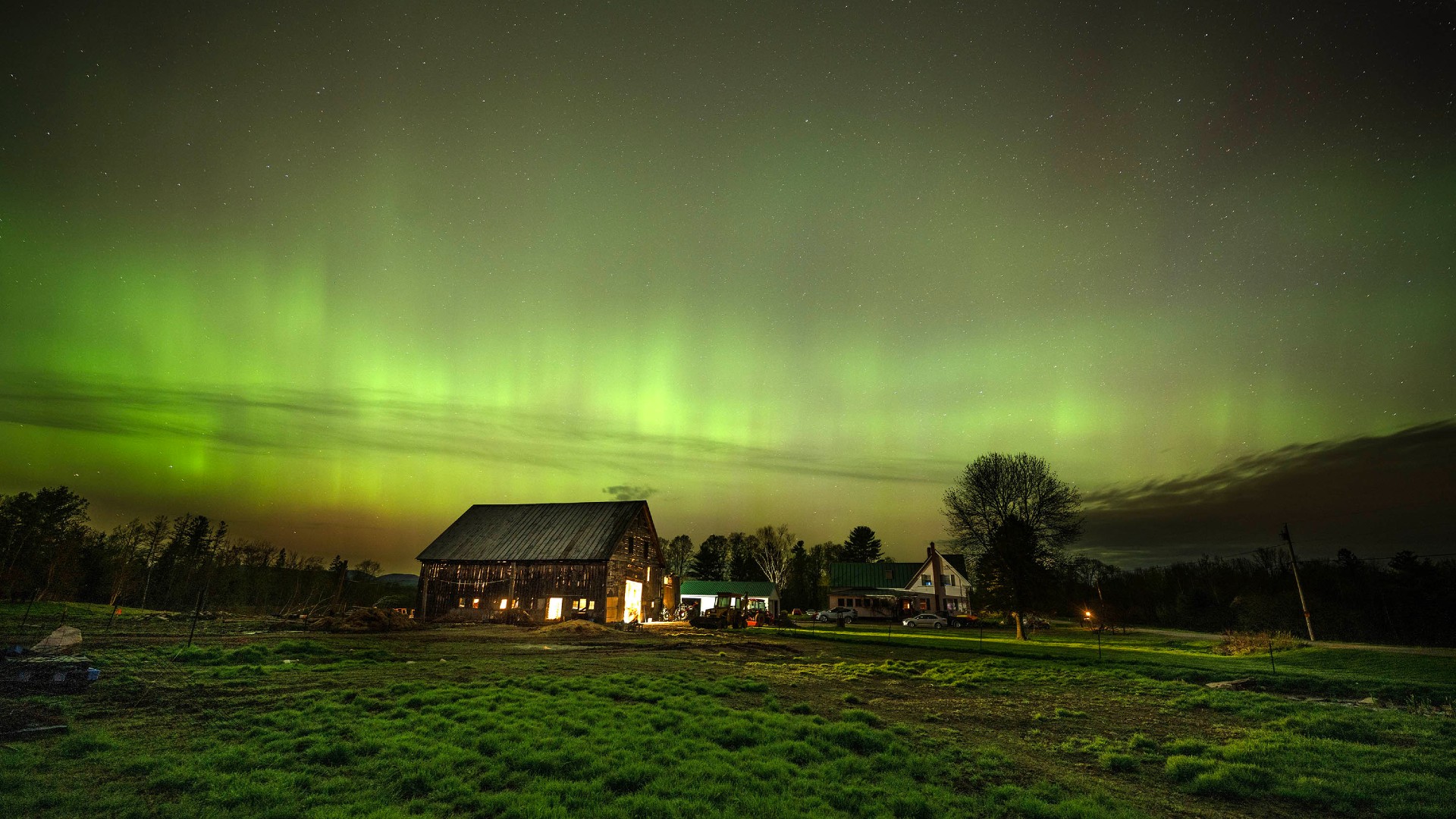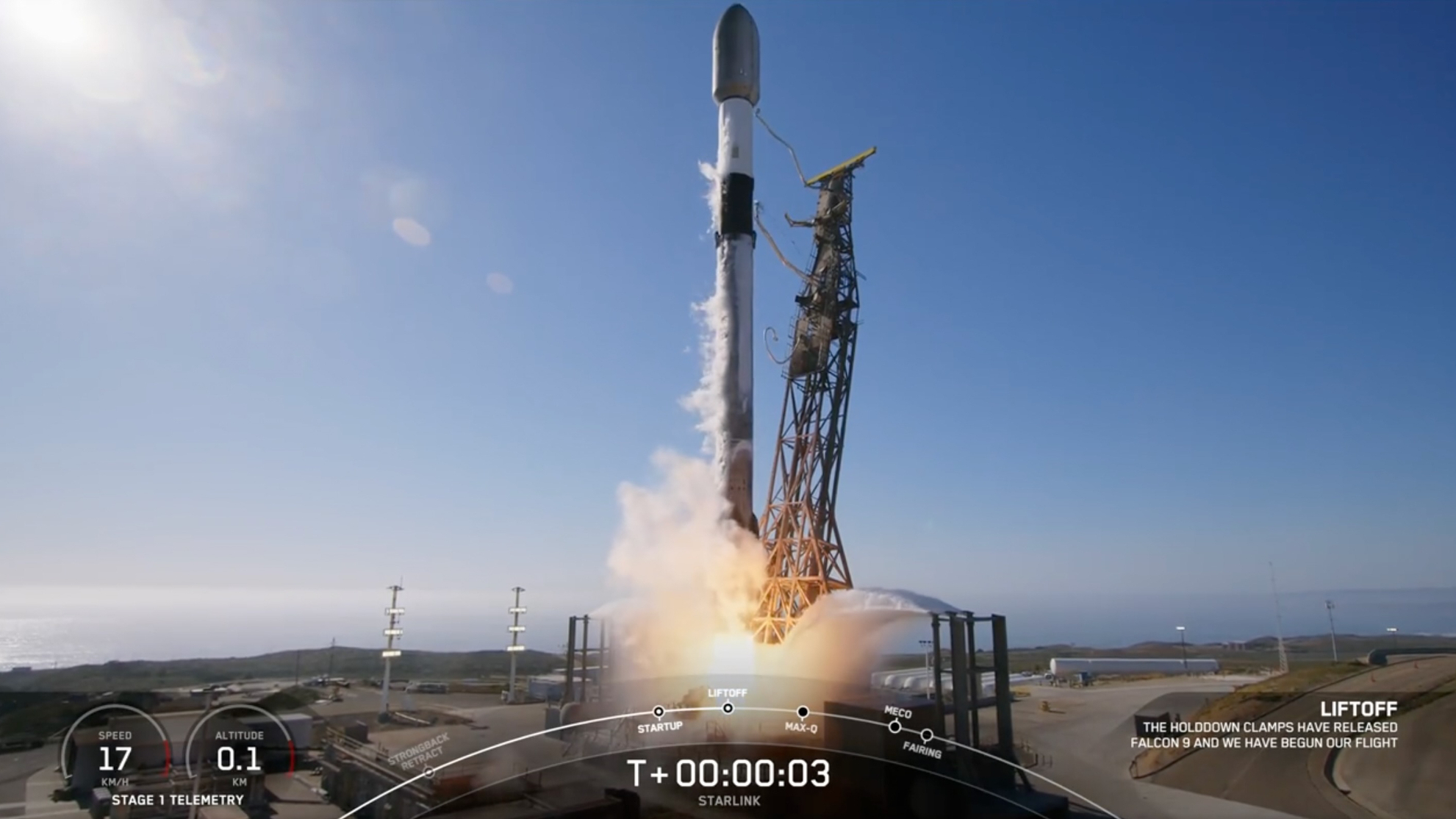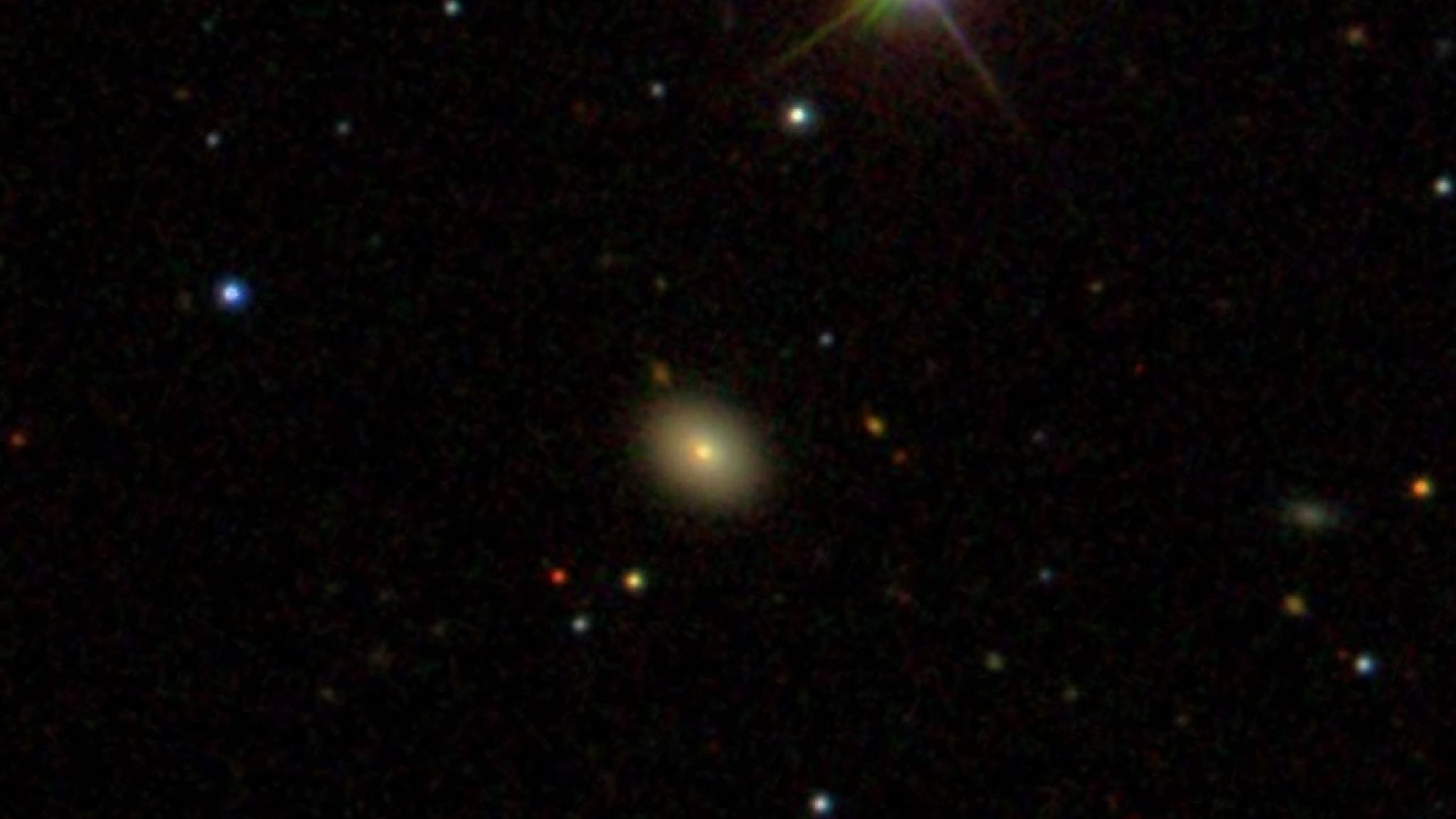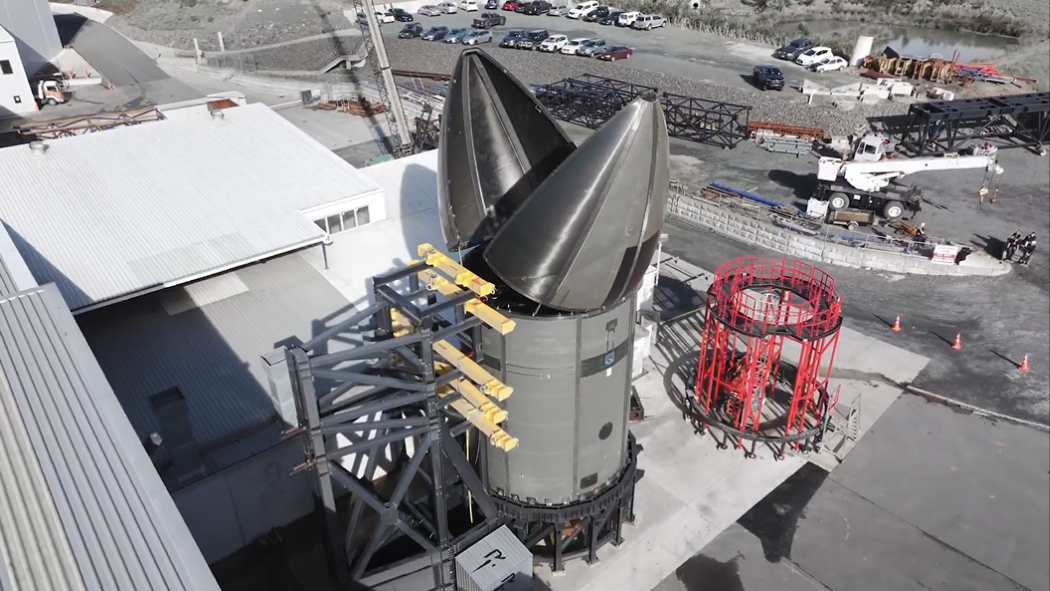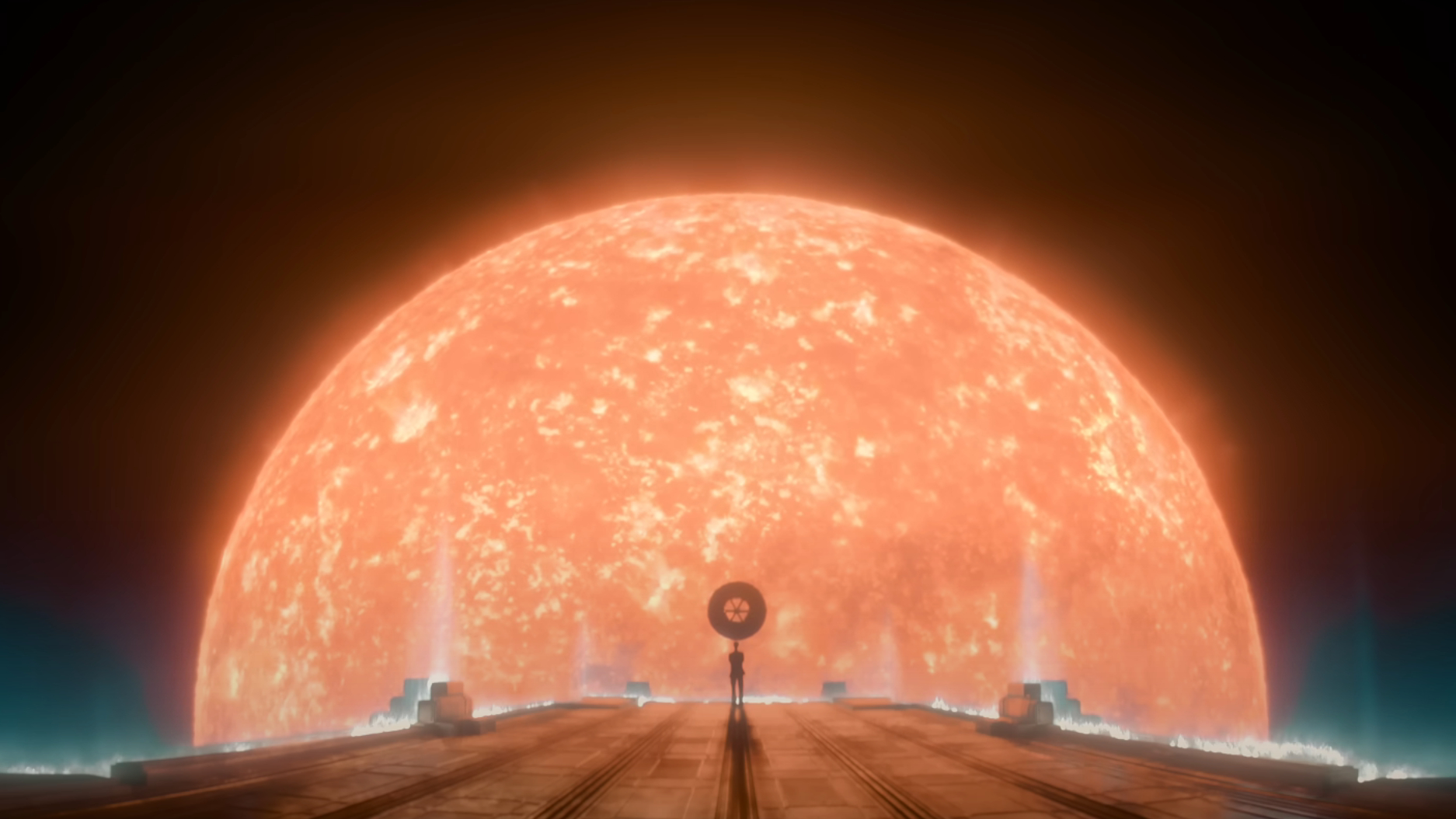Ride shotgun with NASA's OSIRIS-REx asteroid probe as it buzzes Bennu (video)
Want to see what things are like on a space rock tens of millions of miles away from Earth? NASA has you covered.
Right now, the near-Earth asteroid Bennu is about 180 million miles (290 million kilometers) away, and with it is a NASA spacecraft called OSIRIS-REx. The probe will attempt a difficult goal this fall: snatching a piece of space rock to bring home to Earth.
So before the big day, OSIRIS-REx is practicing its moves — and the resulting footage is just as cool as you'd expect from a piece of machinery that flew just 130 feet (40 meters) above a rubble-covered space rock, according to a statement. That height is the equivalent of standing on the roof of an 11-story building and looking down.
Related: OSIRIS-REx: NASA's asteroid sample-return mission in pictures
But instead of toy cars and ant-like people, the camera onboard OSIRIS-REx saw only rocks: big rocks and small rocks, sharp rocks and rounded rocks, dark rocks and light rocks. Rocks as far as the mechanical eye can see.

Those rocks surround what scientists on the OSIRIS-REx mission have nicknamed the Nightingale sampling site, inside a crater on the 1,640-foot-wide (500 m) Bennu's northern hemisphere. On Oct. 20, OSIRIS-REx will make a similar descent but travel 130 feet farther, ready to grab a souvenir from among these rocks.
That sample will land here on Earth in September 2023, if all goes according to plan. Scientists will then study the asteroid rubble for clues about the solar system's history and the role that carbon-rich space rocks like Bennu may have played in the rise of life on Earth.
Get the Space.com Newsletter
Breaking space news, the latest updates on rocket launches, skywatching events and more!
Email Meghan Bartels at mbartels@space.com or follow her on Twitter @meghanbartels. Follow us on Twitter @Spacedotcom and on Facebook.
Join our Space Forums to keep talking space on the latest missions, night sky and more! And if you have a news tip, correction or comment, let us know at: community@space.com.

Meghan is a senior writer at Space.com and has more than five years' experience as a science journalist based in New York City. She joined Space.com in July 2018, with previous writing published in outlets including Newsweek and Audubon. Meghan earned an MA in science journalism from New York University and a BA in classics from Georgetown University, and in her free time she enjoys reading and visiting museums. Follow her on Twitter at @meghanbartels.
